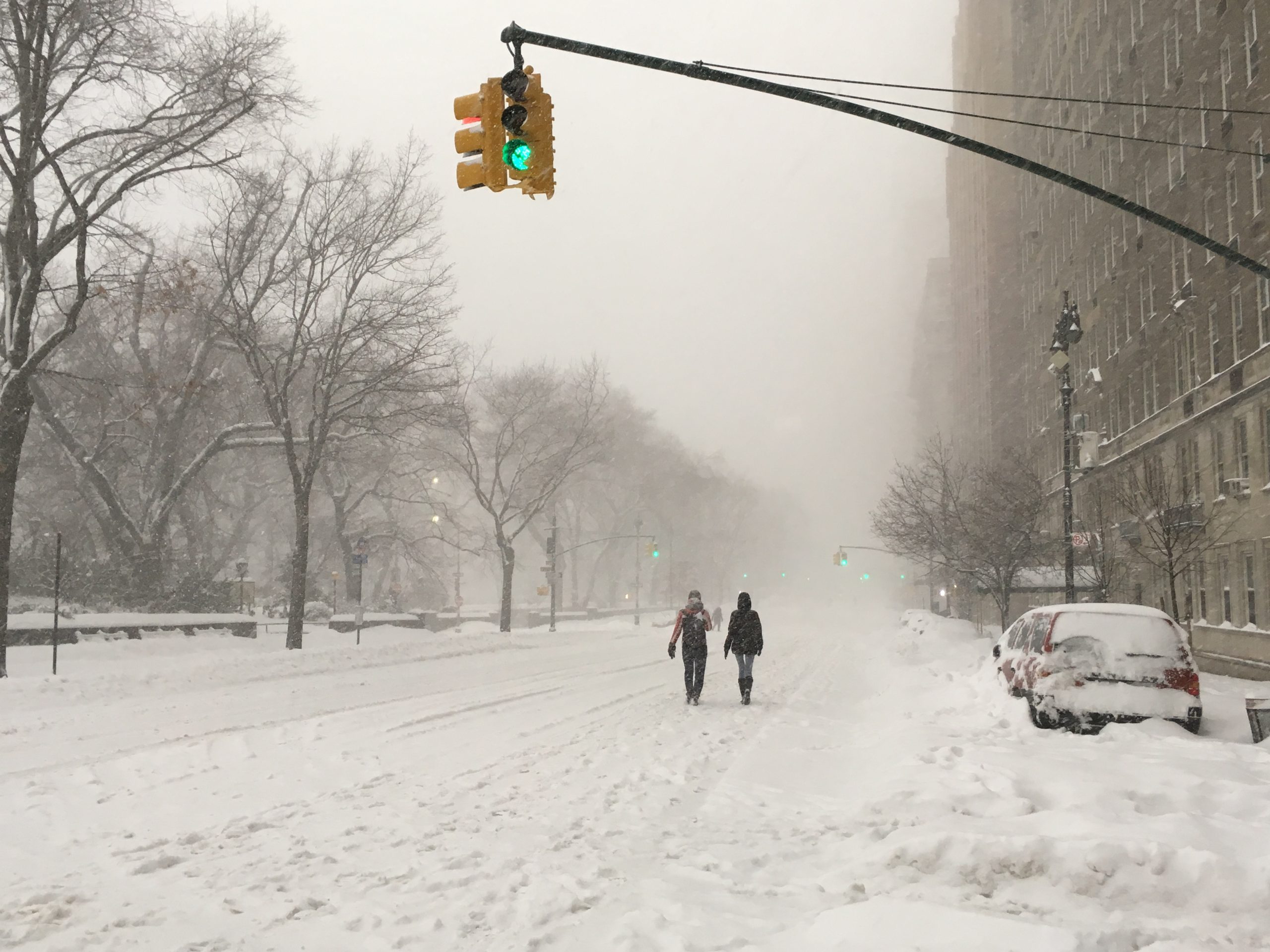Did New Yorkers Stay Safer This Winter Because They Stayed Inside? A Cautionary Look at NYC’s Historic Q1 Drop in Traffic Fatalities
 Pedestrians, cyclists, motorcyclists and motor vehicle occupant fatalities declined in New York City during the first quarter.
Pedestrians, cyclists, motorcyclists and motor vehicle occupant fatalities declined in New York City during the first quarter.
While Mayor Adams Celebrates Progress Under Vision Zero, Winter Weather May Be the Unsung Hero
Officials are celebrating a sharp and historic drop in traffic fatalities during the first quarter of 2025. According to a recent announcement by Mayor Eric Adams and DOT Commissioner Ydanis Rodriguez, 41 people died in traffic crashes between January and March—down from 65 during the same period last year, and the second lowest Q1 total since records began.
Officials credit the decline to the city’s investments in safer intersections, protected bike lanes, expanded pedestrian zones, and 24/7 automated enforcement. But before we celebrate this moment as a clear win for policy, it’s worth asking: how many lives were saved not because of changes to the streetscape, but because the streets were simply empty?
Winter 2025 Was Brutal—and That Likely Changed Behavior
In contrast to the mild winter of 2024, the first few months of 2025 brought New Yorkers back-to-back storms, icy roadways, and freezing temperatures. A nor’easter in January, two major snowstorms in February, and severe thunderstorms in late March all contributed to significant weather disruptions. Travel advisories were issued. Schools and businesses closed. Subways and buses saw dips in ridership.
For many, the safest choice this winter was to stay home.
Fewer cars on the road, fewer cyclists braving icy lanes, and fewer pedestrians out walking meant fewer opportunities for collisions. This drop in activity likely played a major role in the drop in fatalities and injuries—an external factor unrelated to infrastructure or enforcement.
What the Data Shows
Let’s look at some of the numbers released by the city:
| Category | Q1 2024 | Q1 2025 |
|---|---|---|
| Total Traffic Fatalities | 65 | 41 |
| Pedestrian Fatalities | 33 | 17 |
| Cyclist Fatalities | 4 | 2 |
| Motorized Two-Wheeler Fatalities | 5 | 3 |
| Motor Vehicle Occupant Fatalities | 23 | 19 |
| Traffic Injuries (All Groups) | 9,599 | 7,936 |
That’s a 37% decrease in total fatalities and a 17% drop in reported injuries. But the data doesn’t exist in a vacuum—context matters. A colder-than-average January, several powerful storms, and ongoing winter advisories meant that citywide mobility was likely reduced across the board.
Weather or Policy? The Truth Is Likely Both
This is not to say Vision Zero efforts have been ineffective. Expanded bike infrastructure, redesigned intersections, and camera enforcement are all vital components of a safer city. But it would be shortsighted to attribute this Q1 milestone solely to city planning and enforcement without acknowledging the role played by mother nature.
That’s especially important because if weather patterns shift again—toward warmer, drier winters—we may see traffic volumes rebound earlier in the year, along with potential increases in fatalities and injuries.
The Caution Moving Forward
City officials are right to feel encouraged, but not complacent. Celebrating quarterly data is fine—so long as it’s understood within a broader seasonal, environmental, and behavioral context. If New Yorkers were safer this winter, it might be because they weren’t out on the roads, not only because the roads got safer.
As spring progresses and traffic volumes increase, we’ll see whether the downward trend holds. In the meantime, planners, policymakers, and advocates should continue pushing for safer infrastructure—but also be mindful that climate, weather, and public behavior remain critical variables in the safety equation.
Injured in a Crash This Winter? Speak With a Top-Rated New York Car Accident Attorney
While overall traffic fatalities and injuries may have declined during the first quarter of 2025, those statistics mean little if you or someone you love was among the unfortunate few seriously hurt in a collision. If you were injured in a car accident—whether as a driver, passenger, pedestrian, or cyclist—legal help is available. The NYC car accident attorneys at Gair, Gair, Conason, Rubinowitz, Bloom, Hershenhorn, Steigman & Mackauf have been representing seriously injured victims for more than 100 years, securing some of the highest verdicts and settlements in New York. Contact us at 212-943-1090 for a free consultation.
 New York Personal Injury Attorneys Blog
New York Personal Injury Attorneys Blog


